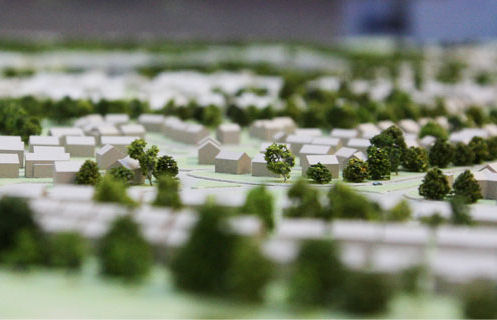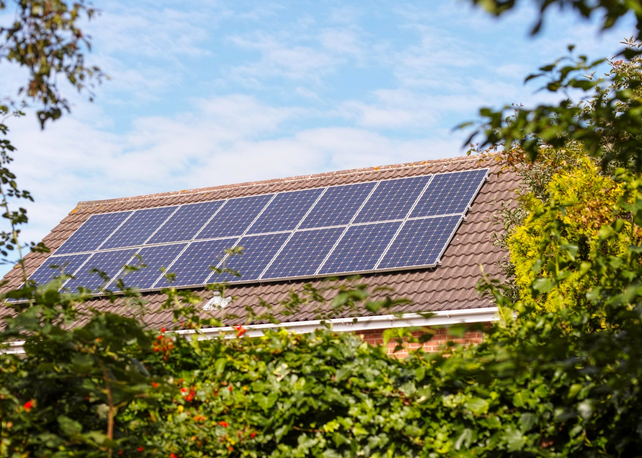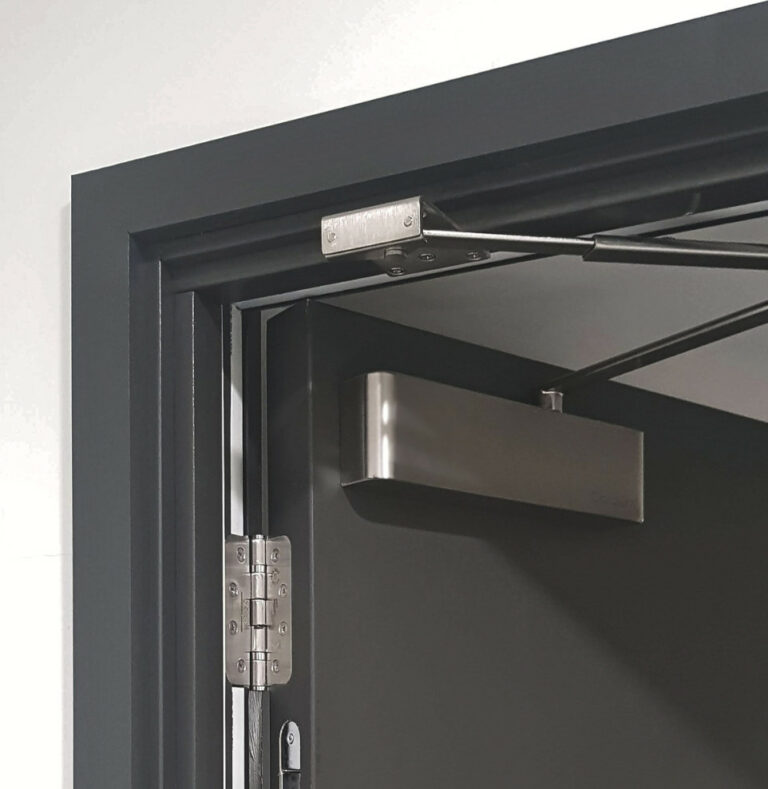As many as
249 lives could have been saved in London during the 2018 record-setting hot
summer had the city widely adopted cool roofs, estimates a new study by
researchers at UCL and the University of Exeter.
The paper,
published in Nature Cities,
analysed the cooling effect that roofs painted white or other reflective
colours would have on London’s ambient temperature between June and August
2018, the city’s hottest summer.
From June
through August, the average temperature around London was 19.2 degrees C, about
1.6 degrees warmer than average for that time of year.
Urban
environments tend to absorb a lot of heat and are usually a few degrees warmer
than the surrounding region, an effect known as the ‘urban heat island’.
Painting roofs white or reflective colours would absorb less radiant energy
from the Sun than traditional dark roofs, effectively cooling the city.

The
researchers found that had cool, light-coloured roofs been widely installed
throughout London, it could have cooled the city by about 0.8 degrees C on
average, preventing the heat-related deaths of an estimated 249 people –
equating to around 32% of the 786 heat-related deaths during that period.
In the
same paper, the researchers also found that had rooftop photovoltaic solar
panels been similarly widely adopted, they would also have cooled the city by
about 0.3 degrees C. This would have prevented the deaths of an estimated 96
people across the city, or 12% of the heat-related deaths during that summer.
The
researchers used a complex 3D computer model to simulate the outcomes of
different urban environments. They calculated what the average urban
temperatures were during the hot 2018 summer (cross-checking it against actual
measurements from the time) and then compared the temperature differences if
all roofs in London were given a reflective coating, if all roofs were covered
in rooftop solar panels and what the temperature of a hypothetical
non-urbanised London would be.
The team
also estimated the economic impact of the increased mortality rates of the two
scenarios. The 96 lives saved by the adoption of rooftop solar panels would
have reduced the economic burden on the city by about £237 million, while the
249 lives saved by adopting cool roofs would have reduced the city’s economic
burden by about £615 million.
In
addition, had rooftop solar panels been widely installed, the researchers
estimate that the total electricity that could have been produced during that
three-month timeframe would have been as much as 20 terawatt-hour (TWh), more
than half the energy usage of London during the entire year of 2018.
Lead
author, Dr Charles Simpson (UCL Bartlett School Environment, Energy &
Resources) said: “If widely adopted, cool roofs can significantly reduce the
ground-level air temperature of a city. The resulting cooling effect across the
city would save lives and improve the quality of life for residents throughout
the urban area. Solar panels have great benefits as a source of renewable
power, so it’s good to see they won’t make the city hotter.”
Combating
urban heat is growing in importance as the world continues to warm because of
climate change. Though unusual at the time, hot summers like the one in 2018
are projected to occur more frequently because of the warming climate. In
addition, the UK is particularly vulnerable to the effect as an estimated 83%
of the country's population lives in urban areas.
Dr Simpson
added: “As the effects of climate change manifest more and more, people living
in cities will need to find new ways to adapt. Our research shows that cool
roofs could be an effective way to mitigate the heat-trapping effects of urban
environments.”
Co-author
Professor Tim Taylor of the University of Exeter said: “The need for our cities
to adapt to climate change is clear. Changing our roof spaces offers one
potential solution. We need to encourage action like this, to reduce the burden
of excess heat on people living in urban areas and capture potential
co-benefits, including energy generation.”
Recentpreliminary research by members of the team found that during the three
hottest days of 2018, wide adoption of cool roofs would have lowered the city’s
average temperature by about 1.2 degrees C, while rooftop solar panels would
have lowered the average temperature by about 0.3 degrees C. This new research
extends those modelling efforts throughout the whole summer of 2018, the
hottest on record for London.
The
research developed as part of the HEROIC: Health and Economic impacts of
Reducing Overheating in Cities project based at UCL and Exeter, and supported
by Wellcome Trust and NERC.




















